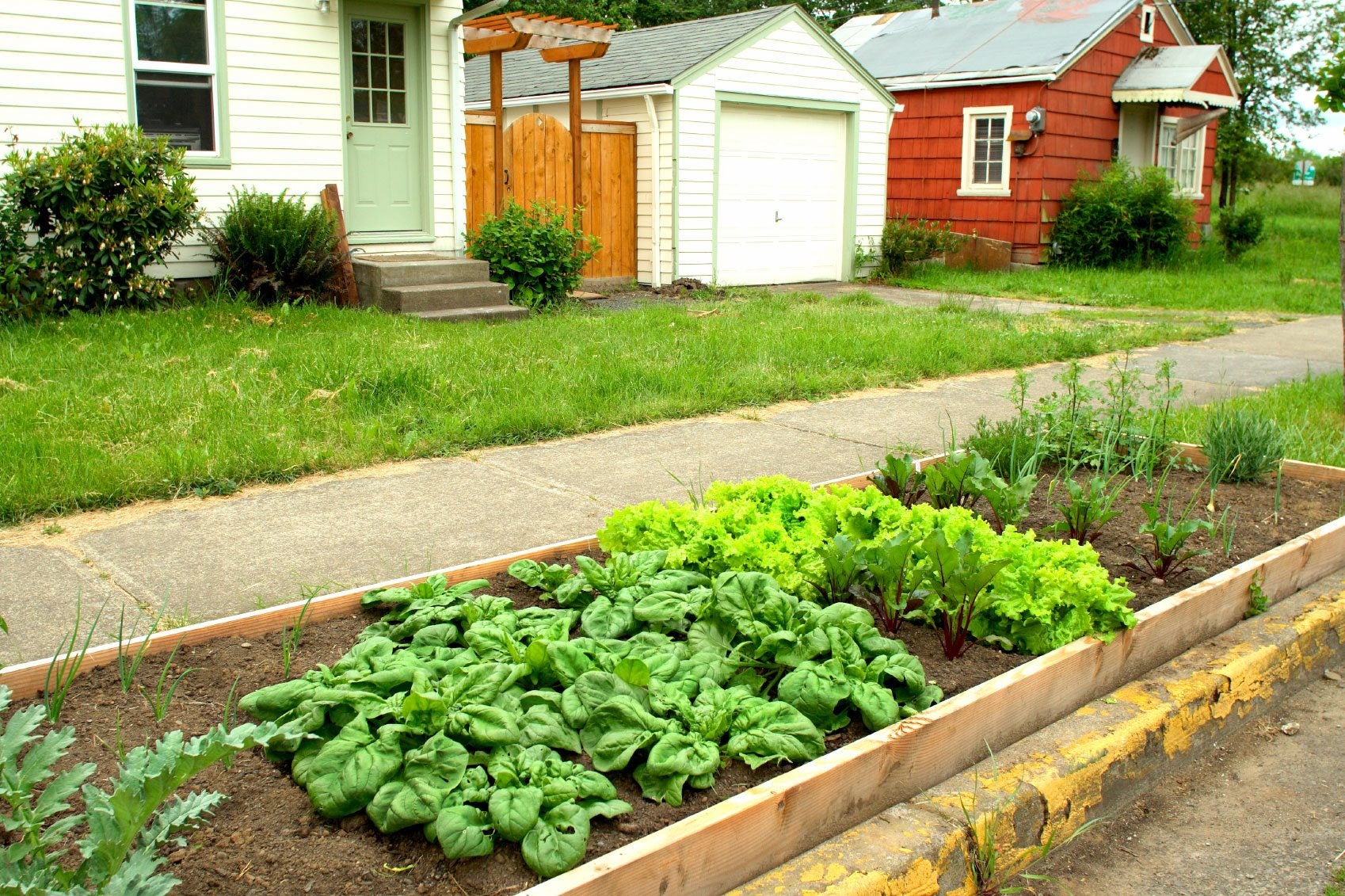Plant Trampling And Theft In Gardens: How To Protect Plants From Strangers


Most passers-by probably will not rob you of your plants. However, not everyone is a polite observer of your garden and you may want to protect your babies from rude vandals and others who do not have the same affection for plants that you have. Plants near any populated sidewalk, street, and easy to access pots and community garden plants can be damaged or preyed upon. Some tips on how to protect plants from strangers may help protect your garden space.
Preventing Garden Vandalism
I live across the street from an elementary school where there are no sidewalks. Every fall I dread the little feet that will trample all my little plants at the front of the property. They do not care if they are killing a plant and enhance their contempt by throwing garbage in the yard as well. I do not want to sound like a curmudgeon, but the damage irks me nonetheless. Any frequently traveled space may be impacted by strangers. Preventing garden vandalism and damage takes some planning and a few useful tools.
Unless you have a fully fenced yard or your plants do not trail or grow in a public space, there is no foolproof way to protect your plants. Garden vandalism happens in big and small ways. Your garden gnome or pink flamingo may get stolen, or even the big Asian glazed pot in the front of the house could get broken or taken on a whim.
Occasionally, even an entire plant may be dug out of your yard if you have especially appealing ornamentals. Night lights and fencing help, but planting for defense is an even easier idea and will add to your garden's interest. Thorny or prickly plants deter plant trampling and theft in gardens. Some ideas might include:
How to Protect Plants from Strangers
It may seem an odd topic, but many gardeners know that protecting gardens along sidewalks from damage by cars and pedestrians is a valid concern. Tall trucks break off tree limbs and low-growing plants are subject to injurious foot traffic. Good maintenance and pruning on an annual basis can help prevent branch injury.
Protect new plantings adjacent to the sidewalk with wire or mesh barriers until they establish. Choose plants that are large enough that walking on them is impossible. Place a hedge of plants along the path with durable leaves such as laurel or pittosporum. If all else fails, install a pathway instead of plants. This will negate the need for protecting gardens along sidewalks and function as a utilitarian and low-maintenance solution.
Simple Solutions to Prevent Plant Trampling and Theft in Gardens
Something as simple as a sign politely asking passers-by to stay out of the garden or to not touch is sometimes enough to deter most potential damage. Many times, people may simply be unaware that they are causing damage or that an area is off-limits and a sign can help correct this ignorance.
Sign up for the Gardening Know How newsletter today and receive a free copy of our e-book "How to Grow Delicious Tomatoes".
Physical barriers are also effective ways to keep strangers out of your yard.
- Bamboo is inexpensive and common. Use it on rails as an easy barricade.
- Cedar logs placed along the edge of the garden reduce traffic inside the beds.
- Arches of metal, bamboo, or plastic outline areas where you want no pedestrians.
- Cages for plants can protect them from topical injury.
If you don't want physical barriers, try creating a community garden where strangers are invited to visit as long as they stay on the path. On open access corner lots, curbside, and planting strips, a hardy herb and perennial garden invites viewing and is low-maintenance and sturdy.
Another idea is to plant “stepables” or plants that can still thrive under heavy compaction. Plants that are virtually indestructible and will create a beautiful green foil for pesky pedestrians include:

Bonnie Grant is a professional landscaper with a Certification in Urban Gardening. She has been gardening and writing for 15 years. A former professional chef, she has a passion for edible landscaping.